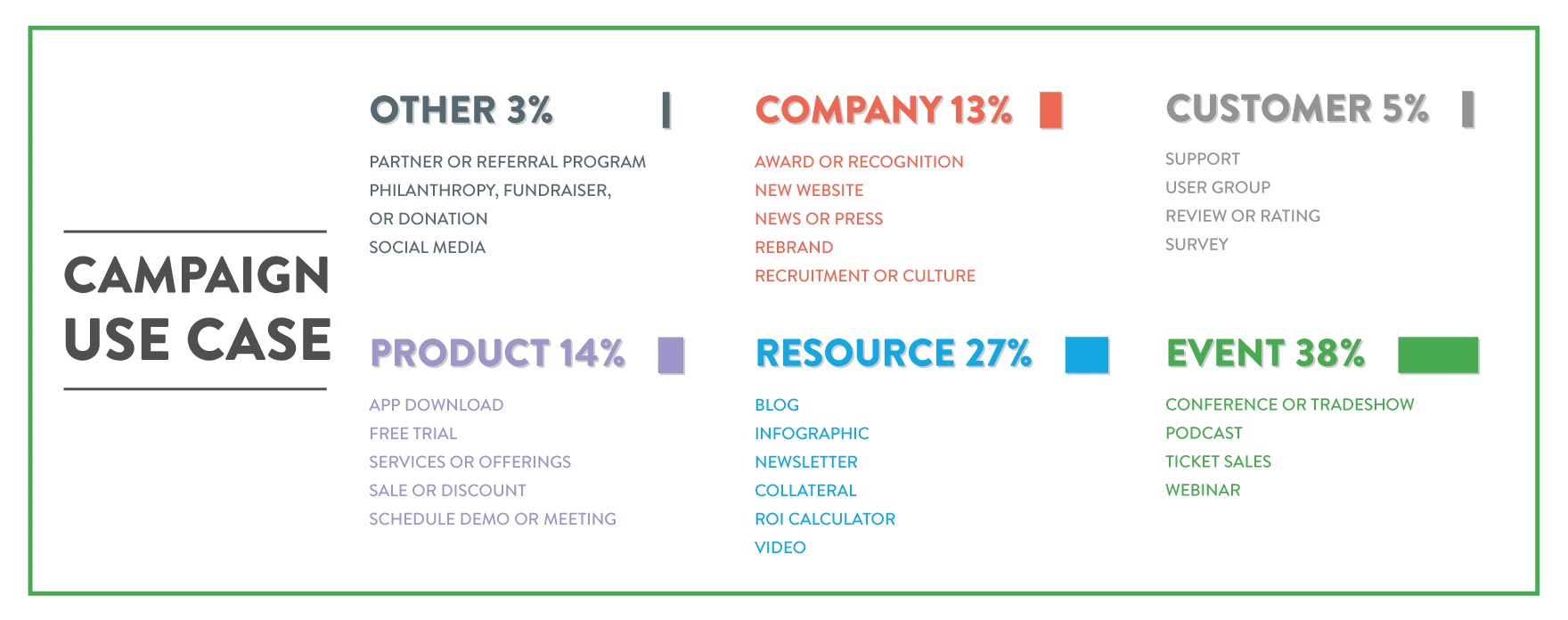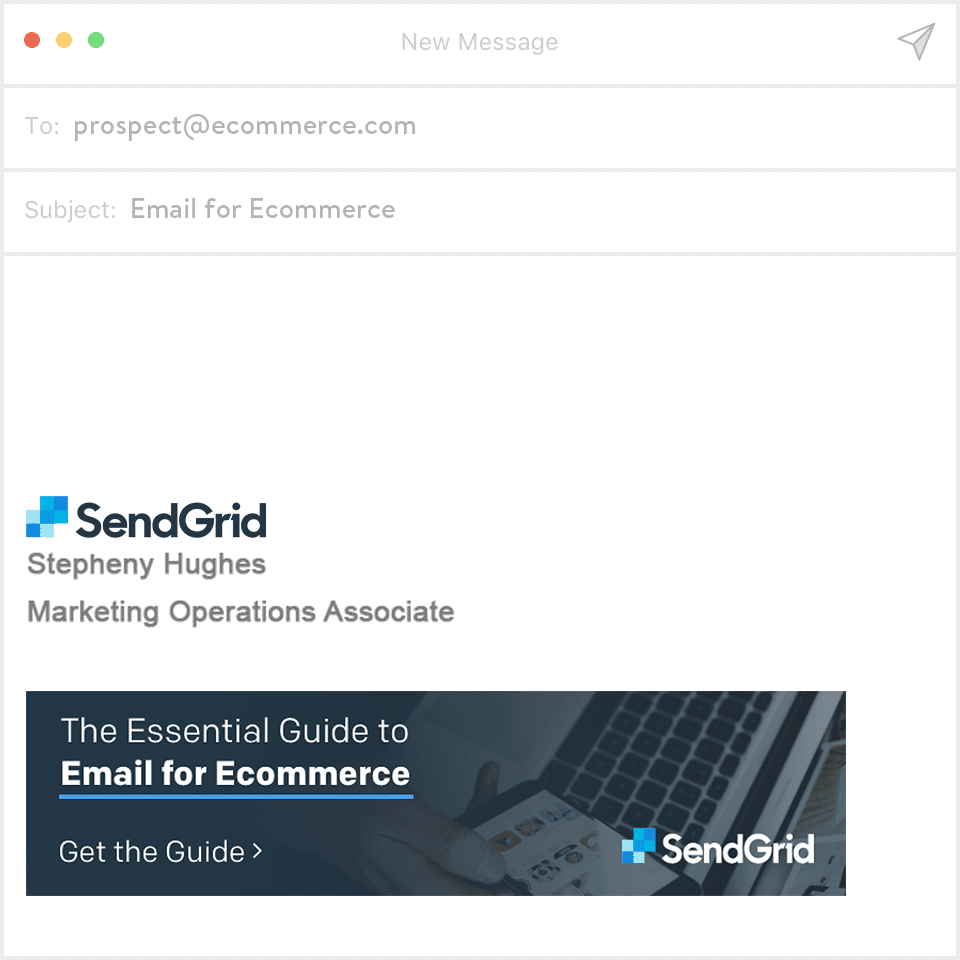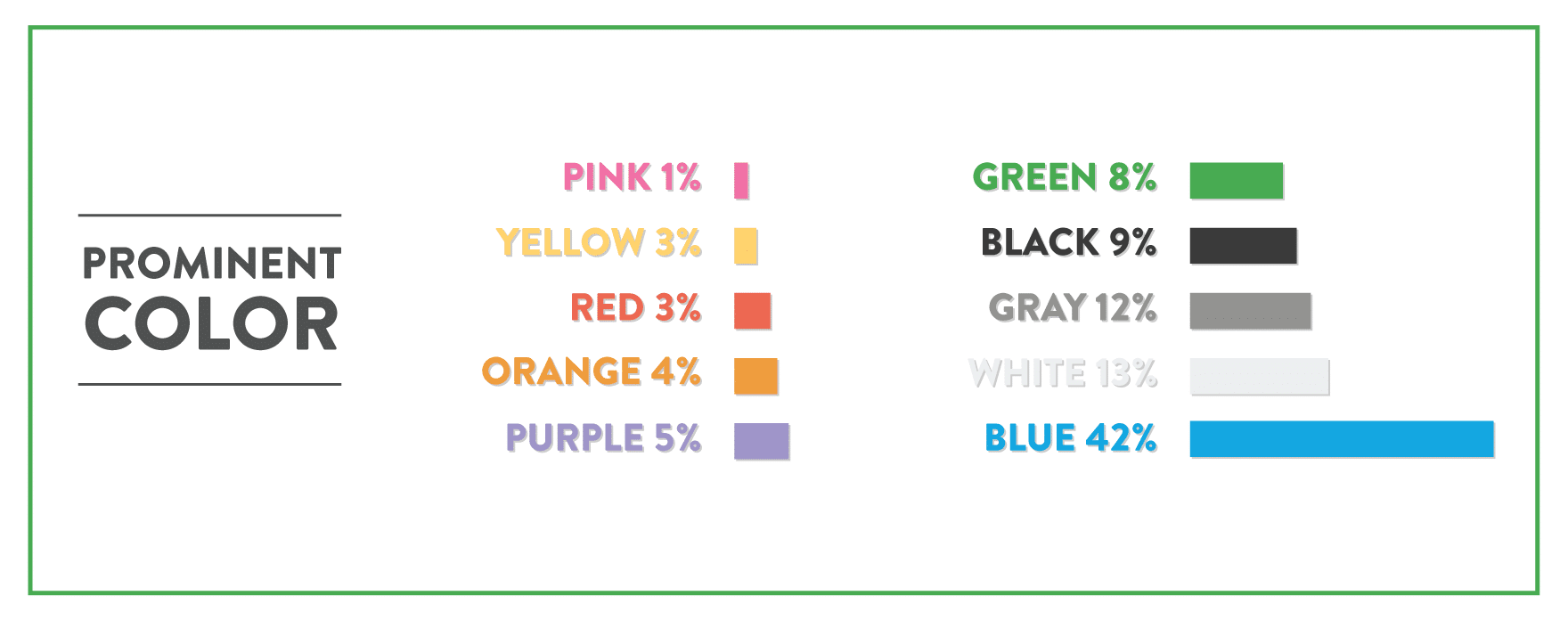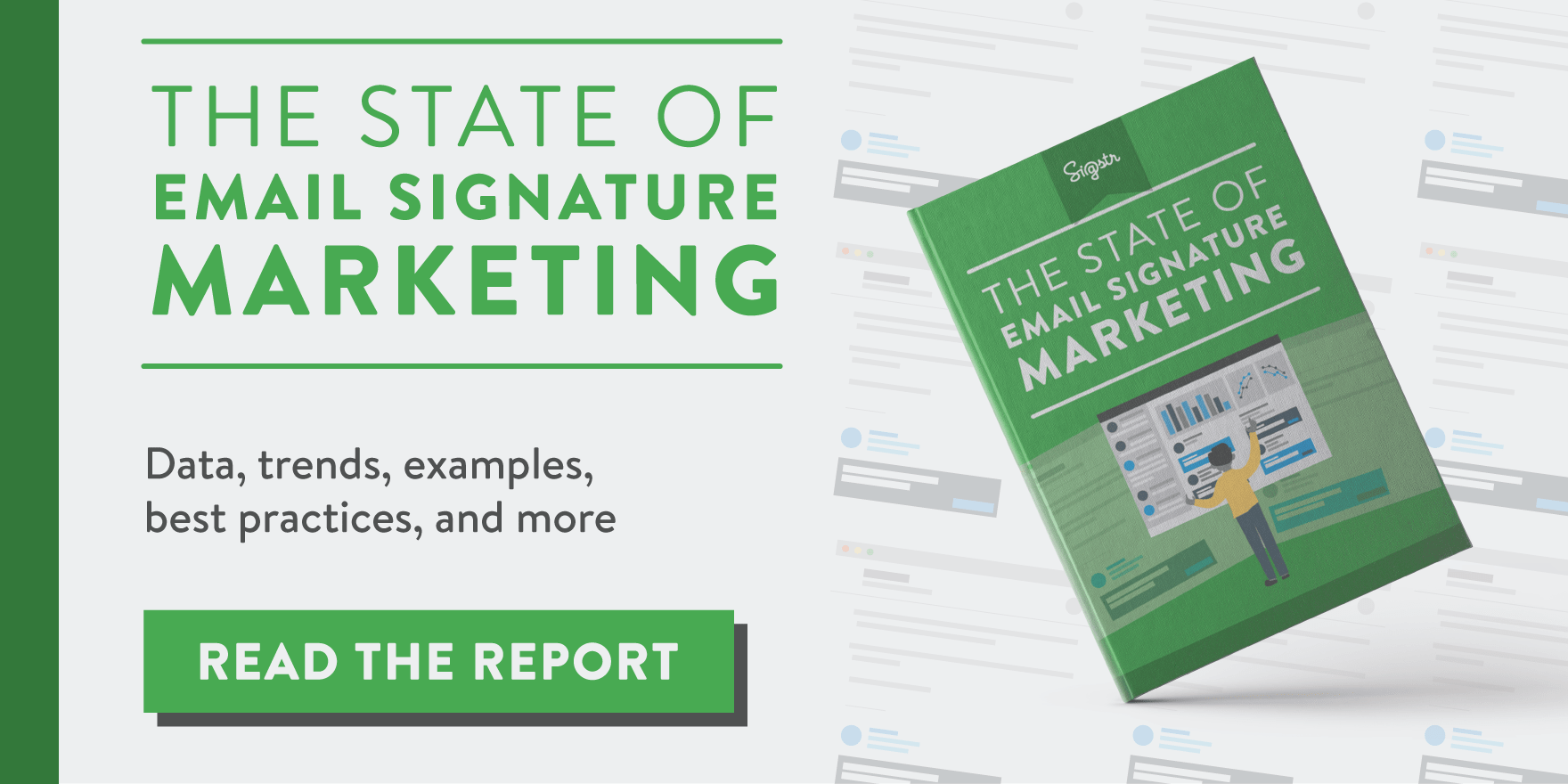Teams everywhere are doing incredibly creative things to open up employee email as a new owned marketing channel. How so? By mastering email signature marketing (ESM).
What appears to be a straightforward concept at first, ESM actually represents layers of design, targeting, and marketing ROI possibilities. Just how many layers? Enough to fill 26 pages of The State of Email Signature Marketing report.
The Sigstr Marketing team surveyed over 1,000 campaign banners from our top customers to bring together a lineup of trends and best email signatures that will serve as the ultimate guide to your ESM journey.
Amongst the many discoveries you will find within the report, here are three that stood out to us:
Product and event use cases
From ticket sales to customer support, there are endless use cases for email signature marketing. To keep things simple, we narrowed it down to six main categories. Here’s a breakdown of ESM’s most popular use cases in 2017:
14% of the campaigns we analyzed were focused on promoting the organization’s product or service. This includes specific use cases like a free trial, app download, services or offerings, sale, discount, and scheduling a demo. Collectively, this group achieved the highest engagement rate, with events (the most popular category) coming in at a close second place.
ABM targeting
Of the three different campaign targeting techniques, sender-based was the most popular and ABM proved to be the most effective (highest average click-through-rate). When we say “ABM” we mean campaign banners that target specific contacts, accounts, industries, or regions. Account-based marketing functionality allows you to assign a NBA case study campaign to a targeted list of sports franchises, for example.
SendGrid represents our best-in-class example for this type of targeting. They published several different versions of their essential email guide, and used email signature marketing to deliver each version to the appropriate audience. Each campaign banner includes specific messaging for the targeted vertical, including ecommerce, media & publishing, travel & hospitality, and more.
The popularity of blue and power of purple
In addition to targeting and use cases, we also analyzed specific visual elements within the campaign design. One of these elements was the main or prominent color of the banner, and we tallied these numbers based on the primary colors of the traditional color wheel. Here’s what we found:
We discovered that blue was a popular color, to say the least, and shades like white, grey, and black were surprisingly more common than bright choices likes green, purple, and orange. Purple proved to be the most effective, however, with the highest average click-through-rate.
In addition to prominent colors, use cases, and targeting, The State of ESM report also shares data around call-to-action placement, design best practices, banner dimensions, and more.
The possibilities with ESM are endless, so we’re here to be a helpful resource and take out some of the guesswork for you with data, trends, and best practices. That’s exactly what this report is intended to do, while inspiring you with customer examples and design ideas. Click below to download your copy.



